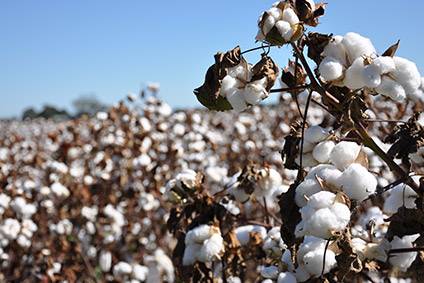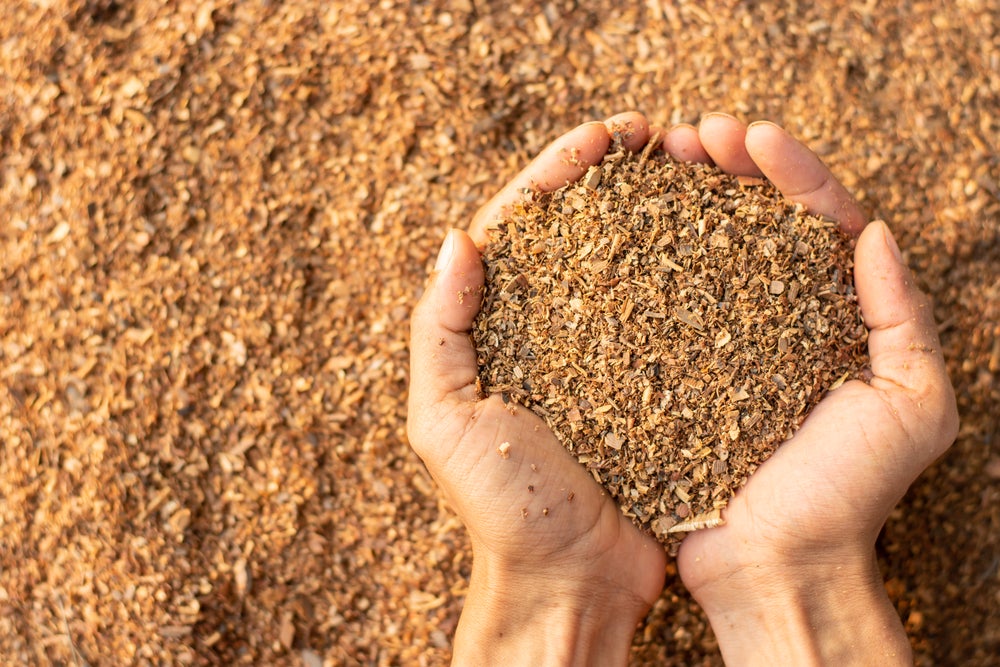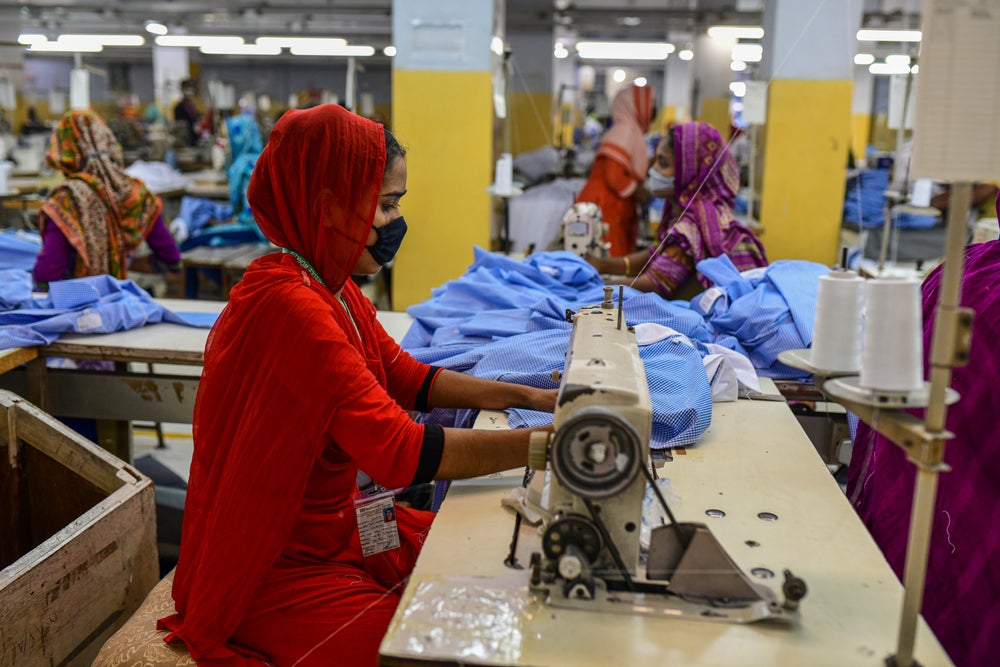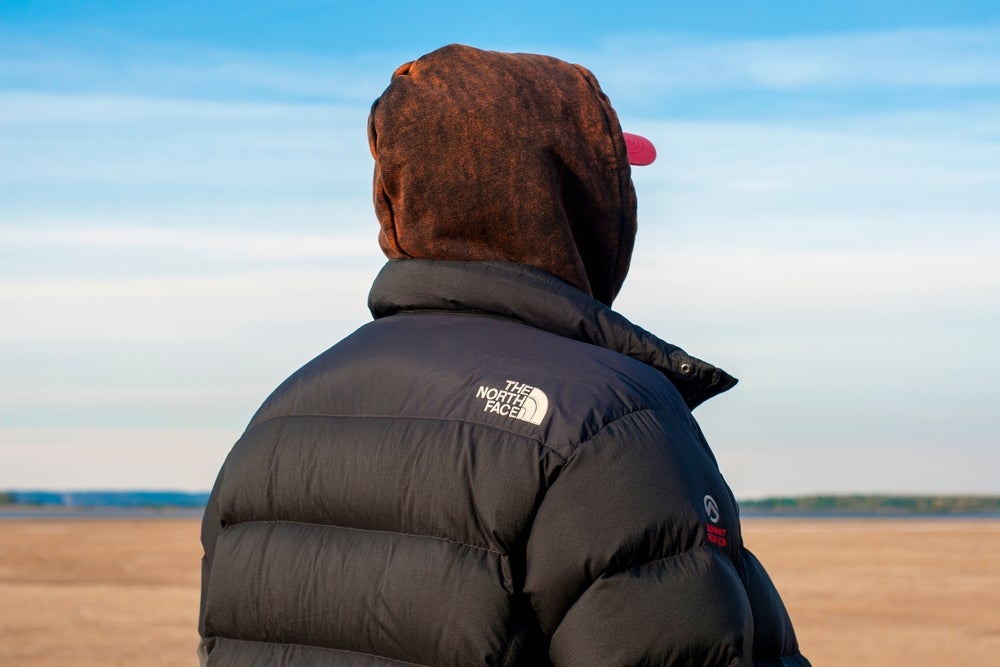
The market for preferred fibres and materials continues to expand, with growth in most areas but not at the speed and scale required, particularly in light of the Covid-19 pandemic, a new report shows.
The latest annual update from Textile Exchange, the global non-profit that promotes the adoption of preferred fibre and materials and responsible supply networks, found that global fibre production has doubled in the last 20 years, reaching an all-time high of 111m metric tonnes in 2019. In addition, pre-Covid-19 results indicated potential growth to 146m metric tonnes by 2030.
The 2020 Preferred Fiber and Materials Market Report (PFMR) shows the latest trends in the fibre and materials market including those with improved social and environmental impacts, which are referred to as preferred.
While the document reveals growth in most areas, with just ten years left to meet all of the United Nations 17 Sustainable Development Goals (SDGs) by the 2030 timeframe, there is still much more work to be done with Textile Exchange noting the next decade is “crucial.”
“The continued growth of global fibre production will have significant impacts on people and the planet,” says La Rhea Pepper, managing director for Textile Exchange. “As each person has personally experienced in the last few months with the Covid-19 pandemic, business-as-usual is no longer an option – we must do better than that. Now is the time to adopt a preferred fibre and materials strategy, which is a critical step to reducing the footprint on the planet that is being left by conventional fibre and material production.”
Key findings
How well do you really know your competitors?
Access the most comprehensive Company Profiles on the market, powered by GlobalData. Save hours of research. Gain competitive edge.

Thank you!
Your download email will arrive shortly
Not ready to buy yet? Download a free sample
We are confident about the unique quality of our Company Profiles. However, we want you to make the most beneficial decision for your business, so we offer a free sample that you can download by submitting the below form
By GlobalDataWith a market share of 25% in 2019, up from 5% in 2012/13, the market for preferred cotton is more advanced than for most other materials. This growth equals an increase in global production volume of preferred cotton from 1.4m metric tonnes in 2012/13 to 6.4m metric tonnes in 2018/19, according to the report.
Key drivers are the existence of several well-established preferred cotton programmes, and that cotton as a large volume material has been on the industry’s sustainability radar for many years.
Preferred cotton was grown in 31 countries in 2018/19, with around 95% grown in ten countries. Ranked by volume, these are Brazil, Pakistan, China, India, USA, Côte d’Ivoire, Burkina Faso, Greece, Cameroon, and Australia.
Yet, further increasing the share of preferred cotton and continuous improvement in terms of sustainability is “urgently needed”, Textile Exchange says.
Meanwhile, increasing concerns about the treatment of animals has led to the development of animal welfare standards for down. Key standards include the Responsible Down Standard (RDS), the Global Traceable Down Standard (Global TDS), and Downpass.
The global down and feather production volume is estimated at around 270,000 metric tonnes per year, with 70–90% produced in China, and 75–90% of the down coming from ducks and the remaining down mainly originating from geese.
Preferred down was produced on thousands of farms in 16 countries in 2019. Major production regions for preferred down are China and Eastern Europe, including Poland and Ukraine.
While influencing at farm level is challenging, the use of preferred down standards helps to reduce the risks along the supply chain, Textile Exchange notes.
Looking to the leather sector, the organisation notes until recently, leather processing risks (tanning, chemical use) have been the primary focus, but there is a growing interest in animal welfare, deforestation, land use (and associated biodiversity loss), and climate change issues.
“Concerns about animal welfare and environmental impacts of livestock and leather production have led to increasing awareness and demand for more sustainable leathers – or even approaches to replace leather with vegan alternatives.”
Elsewhere, despite a high market share of Forest Stewardship Council (FSC) and Programme for the Endorsement of Forest Certification (PEFC) certified manmade cellulosic fibres (MMCFs) – roughly estimated at around 40-50% of all MMCFs – the risks of sourcing MMCFs from ancient or endangered forests remains high, according to the report.
The global MMCF production volume has more than doubled from around 3m metric tonnes in 1990 to approximately 7.1m in 2019 and is expected to further grow in the coming years.
Textile Exchange cites environmental not-for-profit Canopy which estimates around half of all MMCFs come from ancient and endangered forests.
“The market share of “recycled MMCFs” is estimated at below 1% but a lot of research and development is ongoing, so it is expected to increase significantly in the coming years,” Textile Exchange adds. “With new standards introduced for the pulp and fibre level, action on this level is also likely to increase.
In addition, the non-profit says while the share of recycled polyester is increasing and reached 14% in 2019, it is not yet advancing at the speed and scale required.
“Low prices of fossil-based polyester create a challenging market environment for recycled and biobased polyester,” it explains. “As the fibre with the largest market share, the impact scale of polyester is enormous. While using plastic bottles as feedstock is a good start – and most recycled polyester is currently based on plastic bottles – we need to move towards textile-to-textile recycling and urgently improve social conditions in waste collection and recycling.”
Sustainable Development Goals
Meanwhile, Textile Exchange notes “urgent action” is required to achieve the SDGs by 2030.
While progress is being made in many places, the action to meet the SDGs is not yet advancing at the speed or scale required, it says.
“The ‘Decade of Action’ – as called by the United Nations – aims to accelerate sustainable solutions to all the world’s biggest challenges — ranging from poverty and gender to climate change, inequality and closing the finance gap. The way we produce, re-use, dispose of, or recycle our materials has an impact on every one of the SDGs. The textile industry has a powerful opportunity to shift the needle in both producer and consumer contexts.”
To help achieve the targets by the 2030 timeframe, the non-profit supports the shift to a circular economy.
“The amount of global textile production and consumption is increasing – and with it, the significant impacts caused by the raw material extraction up to the end-of-life. Moving away from the linear take-make-waste model to a circular economy is a powerful way to reduce the impacts and contribute to the urgent need for climate action and achieving the SDGs.”
Click here to read the 2020 Preferred Fiber and Materials Market Report in full.







